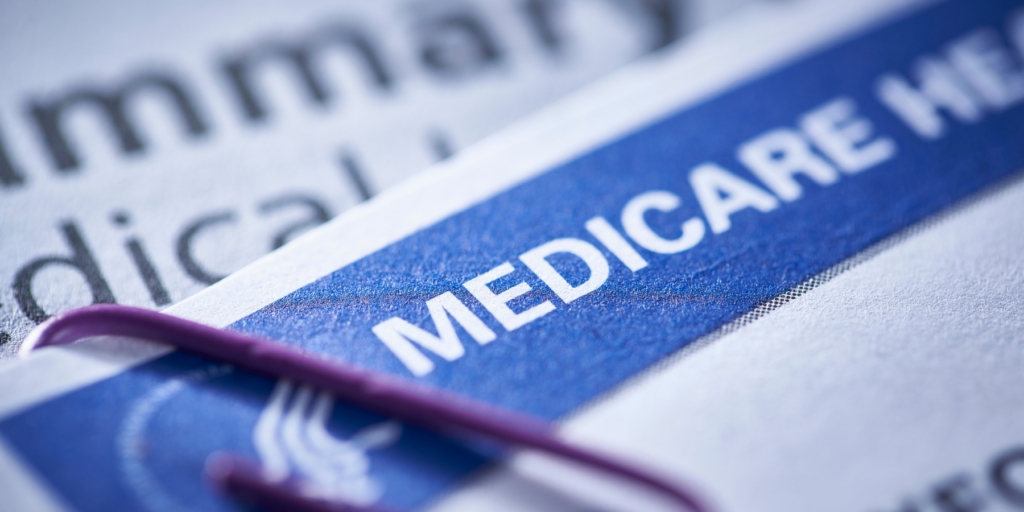If you’ve followed the news lately, you’ve probably heard that the trust fund for Medicare Part A (which serves as hospital insurance) is expected to run out of money in 2028 – just a short six years from now.
Why is the Medicare Part A trust fund running out of money?
The primary reason that the Medicare Part A trust fund is expected to become insolvent in 2028 is a shift in U.S. demographics. Each year, there are more Medicare recipients than there are workers to fund Medicare Part A through payroll taxes.
What happens to Medicare Part A when the trust fund runs out?
Medicare Part A payments won’t stop when the trust fund is depleted since there will still be money coming in via payroll taxes, but the program’s ability to pay healthcare providers will be diminished. As care providers begin facing delays in receiving payment for care provided, they may begin reconsidering their participation in the Medicare program, which could cause a reduction in access to hospital care by Medicare Part A beneficiaries.
How can the depletion of the trust fund be avoided?
There are several possible steps that the U.S. government can take to deal with the possibility of the trust fund’s depletion:
- Shift some Part A services, such as physical therapy, to Part B. If this happens, Medicare recipients would be responsible for paying a deductible and co-insurance for these services unless they have a Medigap policy or Medicare Advantage plan that covers them.
- Reduce the cost of prescription drugs from Part D and apply the difference to Part A. There are many more expensive drugs now than there were when Medicare Part D was introduced in 2006. If the government negotiated lower costs for certain medications with drugmakers, it would not only allow the savings to be applied to Part A, but Medicare recipients would benefit from slashed drug prices.
- Reduce payments to Part A providers. This would have minimal impact on Medicare beneficiaries, but it would also decrease access to care as some providers would stop accepting Medicare.
- Increase taxes from workers’ paychecks. Higher taxes are never a popular solution, and according to Forbes, payroll taxes would need to be bumped by 24 percent in order to replenish Part A.
- Transfer money from general funds to the Medicare trust. While some experts view this as the most likely path, it won’t be without a downside: the U.S. debt would increase under this solution.
It’s worth noting that Medicare has come within six years of depletion about a half-dozen times in the past and the government has never allowed it to happen.
Do you need help making decisions about Medicare coverage? Our advisors are here to guide you through the process. Click here to schedule a free consultation to learn more.


